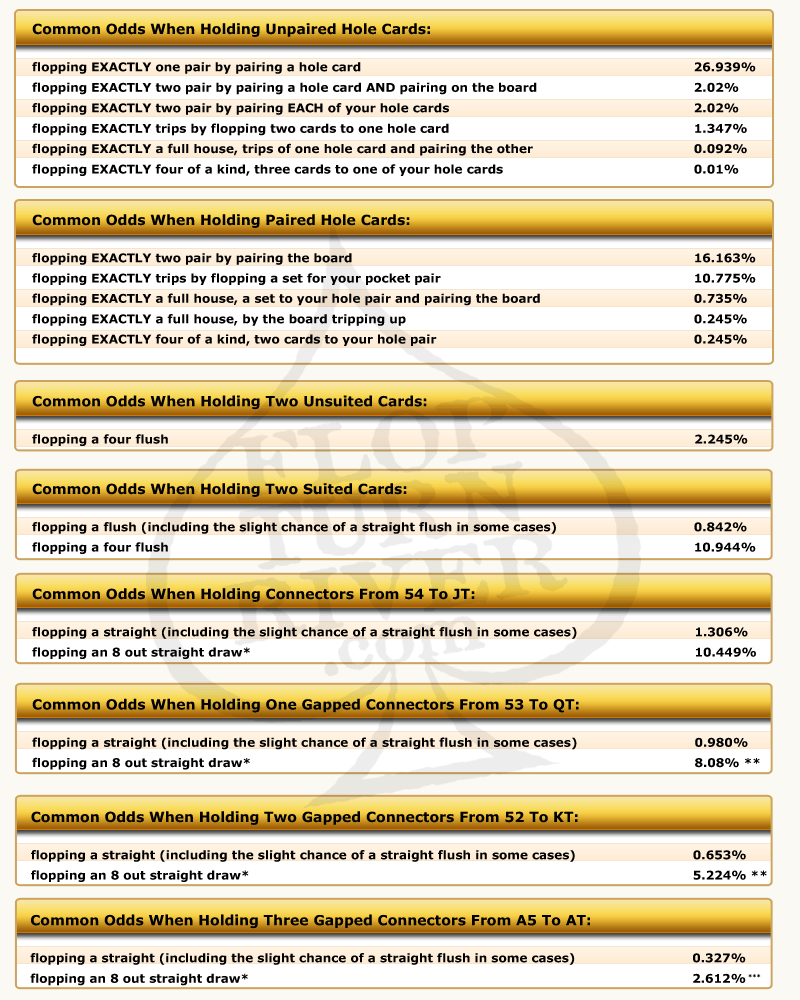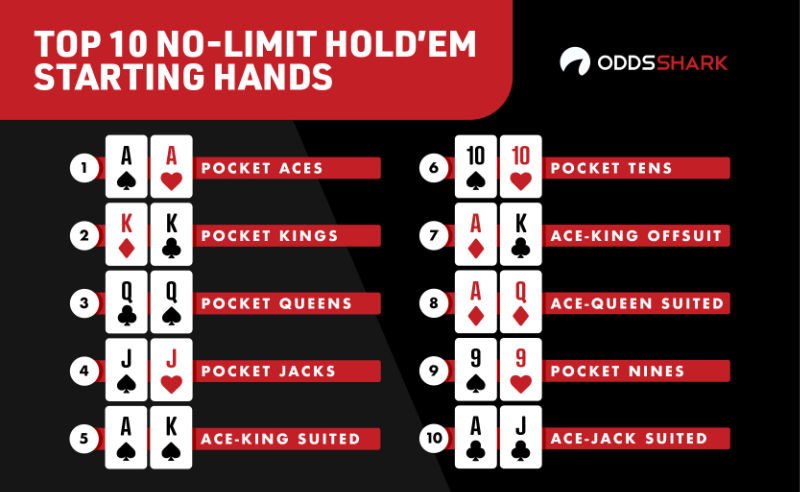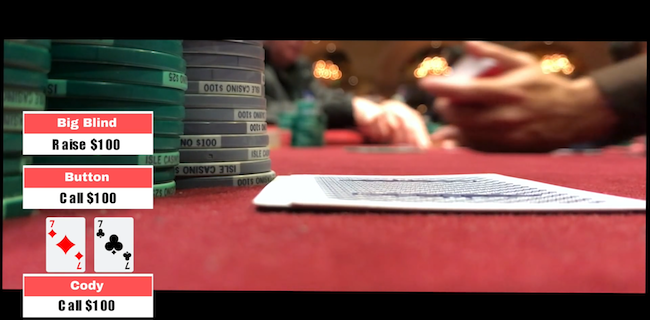Poker Odds Before The Flop
Pre Flop Hand Poker Odds Betting before the flop can sometimes be a blind bet, because when the flop comes things can change drastically. What can seem like a clear advantage can turn into a trap when the Turn or River or Flop cards hit the poker games.
Once the flop has been dealt in Texas Hold'em, you'll be able to count your outs and know how likely it is your hand will improve. That will tell you whether you should stay in the hand or fold.
You can figure out your outs and odds for any hand, but here is a quick and dirty list of the most common scenarios:
If you’re thinking about playing poker against other players, you need to know about odds. In Texas Hold’em, knowing how your hand stacks up to another player’s hole cards is key. And it’s important pre-flop, before you’ve had the chance to see the community cards. The odds of having an opponent having a better pair than you before the flop in Texas Hold’em depend on your pair and the number of opponents you face. The probabilities range from 0.49% (you have kings against one opponent) to 42% (deuces against 9 opponents). Poker is gambling and you make your own desicions as to how to play the game regardless of what you read here or anywhere else and you are responsible for checking your own facts before getting in over your head.
Texas Hold'em Cheat SheetOdds Based on Outs after the Flop
If after the flop, you have:
Two outs: Your odds are 11 to 1 (about 8.5 percent)
A common scenario would be when you have a pair and you are hoping your pair becomes a three-of-a-kind (a set).
Four outs: Your odds are 5 to 1 (about 16.5 percent)
A common scenario would be when you are trying to hit an inside straight draw (there are 4 cards of one number that will complete the straight) or you have two pairs and you hope to make a full house (there are three cards remaining of one number and two of the other).
Eight outs: Your odds are 2 to 1 (about 31 percent)
A common scenario would be that you have an open-ended straight draw. There are four remaining cards of two different numbers that will complete your straight, on the high end and on the low end.
Nine outs: Your odds are 2 to 1 (about 35 percent)
This is the common scenario when you have a flush draw. Any of the nine remaining cards of the suit will give you a flush.

Fifteen outs: Your odds are 1 to 1 (about 54 percent)
A scenario for this is having a straight and flush draw, where either any of the nine remaining cards of the suit will give you a flush, while there are four cards remaining of each of two numbers that would complete a straight. However, you don't count the same cards twice as outs, so those of suit you hope to get don't count again.

The Rule of Four and Two
Poker Odds Before Flop
These odds only apply to counting both the turn and the river, so they assume you will stay in the hand until the showdown. Your odds are only about half as good for a single card draw, such taking the hit on the turn or taking the hit on the river. A common way of looking at the difference in the odds when you will be seeing two cards compared with one is called the Rule of 4 and 2.
Poker Odds Before The Flop Hit
After the flop, count your outs and multiply them by four to get your percentage odds. This doesn't give you an exact number, but it is quickly in the ballpark. With 15 outs, 4 x 15 = 55 percent you'll complete that straight or flush with the next two draws.



Poker Odds Before The Flop Rule
However, when you are calculating the odds that a single draw will improve your hand, you multiply the outs by two rather than 4. With 15 outs, 2 x 15 = 30 percent chance.